His wife and business associates say he’s crazy to invest almost S$1 million (US$729,395) in a fish farm, but Singaporean property developer Eric Cheng does not mind a bit.
The 35-year-old city boy is confident his foray into aquaculture will make money as seafood-loving, import-dependent Singapore strives to boost local production and enhance its food security.
Soaring food prices in 2008, driven by a global supply crunch, reminded Singapore of its vulnerability and prompted the government to take a fresh look at its agricultural policies and support investors willing to go into farming.
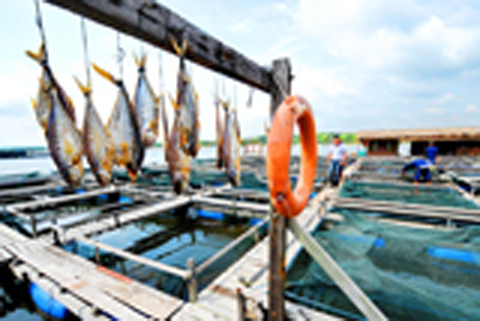
PHOTO: AFP
Cheng had zero experience running a fish farm, but carried out extensive research and spoke to veterans in the trade before deciding to grow and sell garoupa, a fleshy, succulent fish variety popular across Asia.
“They say I am crazy for going into uncharted territory since I know nothing about fish farming, but my business instinct tells me that there are plenty of opportunities,” Cheng said in an interview.
“You look at Singapore ... It produces less than 5 percent of its own consumption and if I can supply in sufficient quantities to the local market, I can make it,” he said.
The self-made Cheng is managing director of ECG Group, a property-based concern also involved in car rental, finance and technology.
His new venture is one of 106 licensed coastal fish farms in the city-state, which in December launched a Food Fund of S$5 million to support entrepreneurs willing to venture into farming.
While Singapore has a land area of only 710km², most people live in high-rise apartments and industries are clustered together, leaving space available for technology-driven farms.
The port city is also surrounded by waters where floating fish farms can thrive side-by-side with ocean-going vessels loaded with electronics and petrochemicals destined for the world market.
“The Food Fund has been set up to enhance Singapore’s food supply resilience, especially in chicken, pork, fish, eggs, leafy vegetables and rice,” the Agri-Food and Veterinary Authority (AVA) said in a statement.
Specifically, the AVA will co-finance research and development and help upgrade local farms. It will also support feasibility studies on investments in overseas food zones, overseas contract farming and other non-traditional sources.
Singapore’s goal is to raise local production of fish to 15 percent of domestic demand from 4 percent at present, eggs to 30 percent from 23 percent and leafy vegetables to 10 percent from 7 percent.
Last year the government announced plans to set aside more land for intensive farming and Mah Bow Tan, minister for national development, said local produce could serve as a “strategic stockpile” for the population, which currently stands at 5 million.
Specialized farms like Cheng’s will play an important role.
The volume of fish captured at sea is expected to decline due to continued over-fishing, said Chin Yew Neng, the AVA’s deputy director for food supply.
“To ensure Singapore’s fish supply resilience, the way forward is through aquaculture, which is more sustainable,” he said.
The AVA says fish farms “do not deplete the resources in the sea” as their produce comes from fingerlings mostly produced by hatcheries.
“Some of the fish farms produce the fingerlings themselves,” it said.
At Cheng’s farm, the new owner has been busy revamping the place and focusing on breeding the high-value tiger garoupa since buying the business last October.
Tiger garoupa, also known as grouper, is popular among ethnic Chinese diners and can easily cost S$60 to S$70 a piece at restaurants, he said.
“The best returns are [from] tiger garoupa,” he said at the 3,420m² fish farm in the eastern part of Singapore, where he is trying to modernize practices — on the wall a planning chart tells workers when they need to feed and weigh the fish, as well as wash the nets.
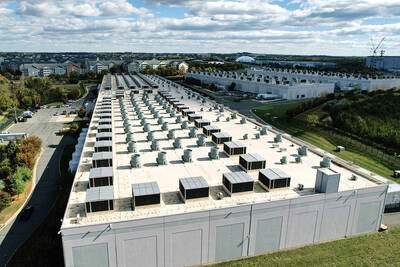
The demise of the coal industry left the US’ Appalachian region in tatters, with lost jobs, spoiled water and countless kilometers of abandoned underground mines. Now entrepreneurs are eyeing the rural region with ambitious visions to rebuild its economy by converting old mines into solar power systems and data centers that could help fuel the increasing power demands of the artificial intelligence (AI) boom. One such project is underway by a non-profit team calling itself Energy DELTA (Discovery, Education, Learning and Technology Accelerator) Lab, which is looking to develop energy sources on about 26,305 hectares of old coal land in
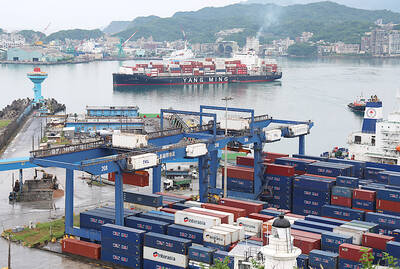
Taiwan’s exports soared 56 percent year-on-year to an all-time high of US$64.05 billion last month, propelled by surging global demand for artificial intelligence (AI), high-performance computing and cloud service infrastructure, the Ministry of Finance said yesterday. Department of Statistics Director-General Beatrice Tsai (蔡美娜) called the figure an unexpected upside surprise, citing a wave of technology orders from overseas customers alongside the usual year-end shopping season for technology products. Growth is likely to remain strong this month, she said, projecting a 40 percent to 45 percent expansion on an annual basis. The outperformance could prompt the Directorate-General of Budget, Accounting and
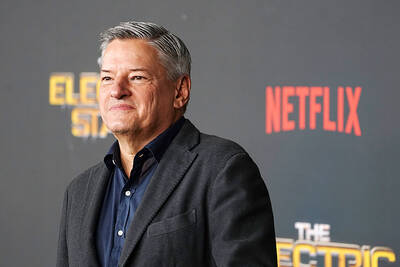
Netflix on Friday faced fierce criticism over its blockbuster deal to acquire Warner Bros Discovery. The streaming giant is already viewed as a pariah in some Hollywood circles, largely due to its reluctance to release content in theaters and its disruption of traditional industry practices. As Netflix emerged as the likely winning bidder for Warner Bros — the studio behind Casablanca, the Harry Potter movies and Friends — Hollywood’s elite launched an aggressive campaign against the acquisition. Titanic director James Cameron called the buyout a “disaster,” while a group of prominent producers are lobbying US Congress to oppose the deal,
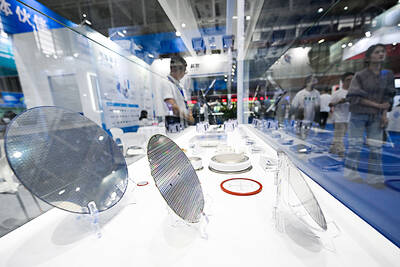
Two Chinese chipmakers are attracting strong retail investor demand, buoyed by industry peer Moore Threads Technology Co’s (摩爾線程) stellar debut. The retail portion of MetaX Integrated Circuits (Shanghai) Co’s (上海沐曦) upcoming initial public offering (IPO) was 2,986 times oversubscribed on Friday, according to a filing. Meanwhile, Beijing Onmicro Electronics Co (北京昂瑞微), which makes radio frequency chips, was 2,899 times oversubscribed on Friday, its filing showed. The bids coincided with Moore Threads’ trading debut, which surged 425 percent on Friday after raising 8 billion yuan (US$1.13 billion) on bets that the company could emerge as a viable local competitor to Nvidia